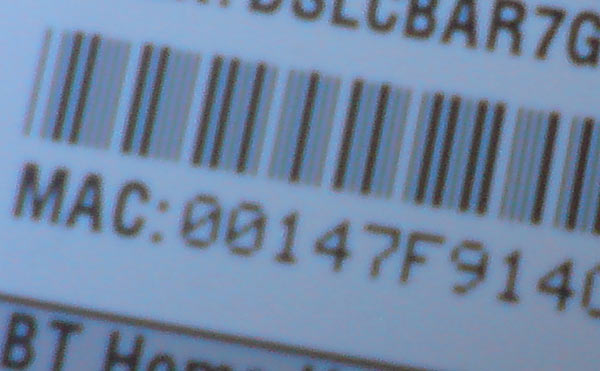As I wrote more than 2 years ago, the network tools (often referred as net-tools) ifconfig, netstat and route that should be familiar to anyone that has worked with a terminal, have been deprecated in favour of the iproute2 suite from some years.
iproute2 is intended to replace this entire suite of legacy Unix networking tools that were previously used for the tasks of configuring network interfaces, routing tables, and managing the ARP table, but which have not been developed since 2001.
You can find some examples of the usage of the iproute commands on my articles about:
– Policy routing
– Socket Statistics on Linux
– MAC Address Managment on Linux
And today I want to share with you some of the most useful commands that you can use with this “new” suite of commands and the translation of some old commands that we were all used to use on the terminal.
Continue reading »

